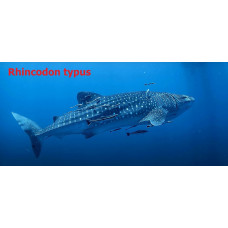From French cannibale, Spanish caníbal.
Cannibalism is an extreme form of intraspecific relations characterized by eating individuals of one's own species. Cannibalism is widespread in pike, perch, and cod. It is often manifested under unfavorable environmental conditions, lack of food. In this case, cannibalism is a kind of regulator that reduces the number of individuals of the species.
One of the manifestations of intraspecific competition, which is a factor of natural selection. It is found in more than 1300 species of animals. It is more often observed under unfavorable environmental conditions, overconsolidation of the population and lack of food and water, etc. Cannibalism, as a regulator of population size, contributes to matching the number of individuals to food resources and the survival of the population as a whole. Females are more prone to cannibalism than males. The object of cannibalism is more often young individuals of their own species.
Most predatory or omnivorous fishes simply do not distinguish young of their own species (and even their own offspring) from other prey and willingly eat them if possible. Males of Pomatoschistus minutus under conditions of increased danger partially or completely eat their own eggs. Under normal conditions, cannibalism is characteristic of pike; about 20% of the pike's diet consists of smaller individuals of its own species. Intrauterine cannibalism - eating each other's embryos and unfertilized eggs - has been found in some sharks. This is characteristic primarily of lamniform sharks, but also of carchariniform and wobbegong sharks.
The most characteristic example of intraspecific cannibalism among mollusks is Arion lusitanicus. This slug is omnivorous, eats plant food, carrion, eats earthworms, and even members of its own species that it can handle. Various species of squid also engage in cannibalism.
Cannibalism
Tags: cannibalism


